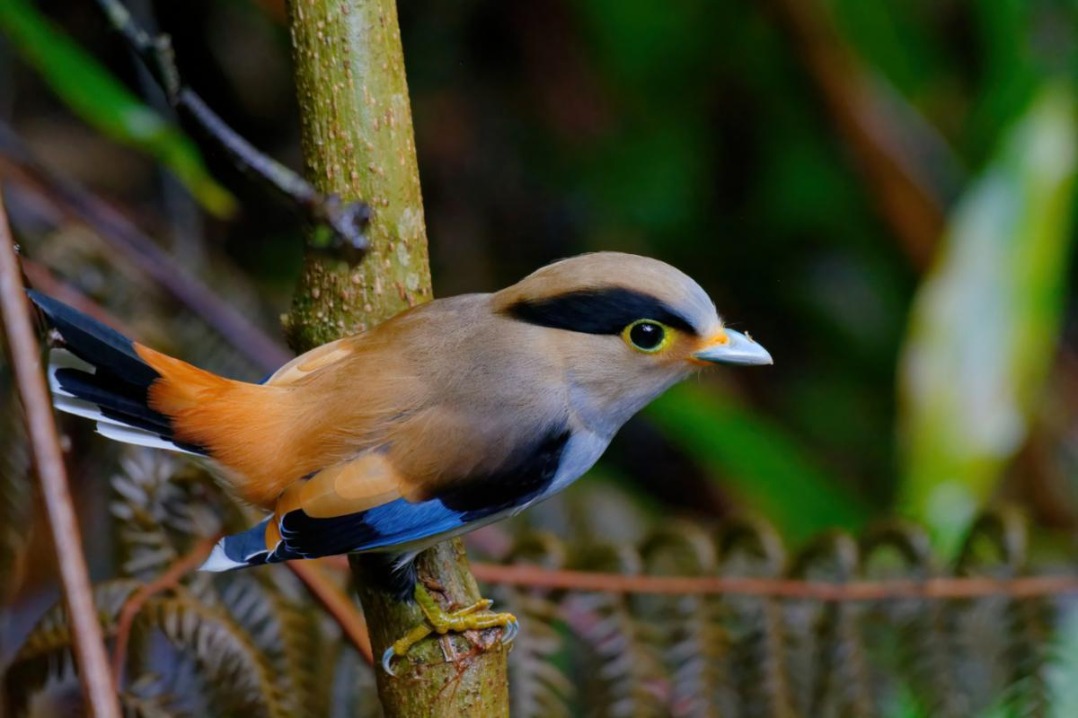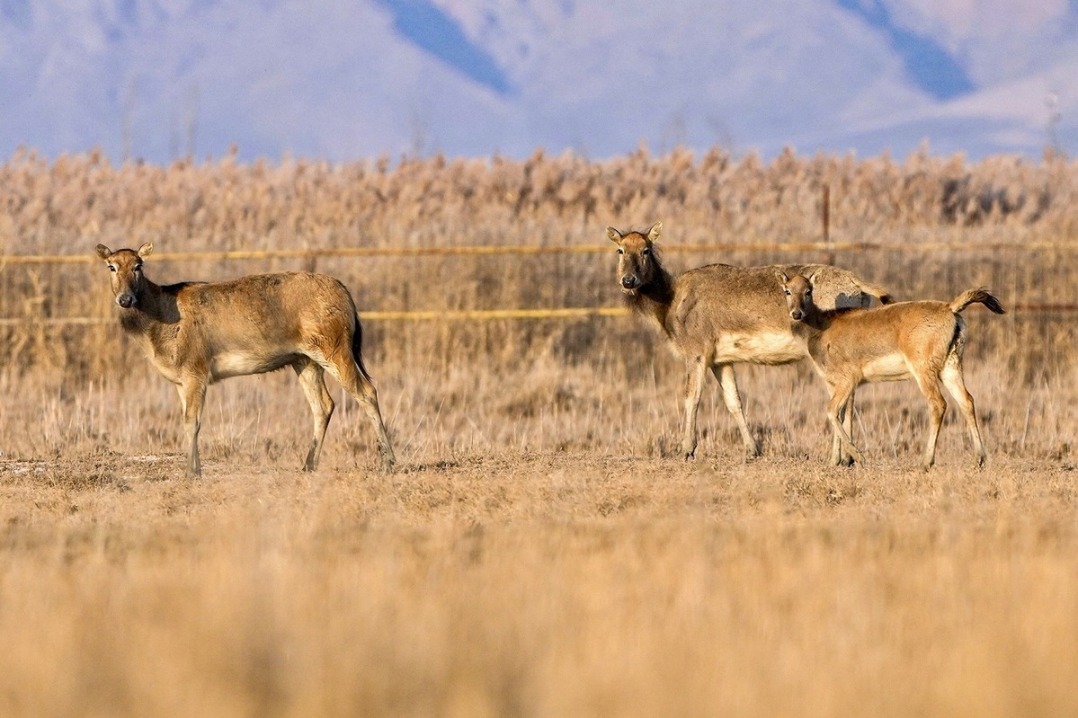Migratory gulls survive winter disease outbreak


KUNMING-Keeping a rendezvous of more than 30 years, over 40,000 migratory black-headed gulls flew thousands of kilometers this winter to Kunming, Yunnan province, known as the "Spring City" for its balmy weather.
However, the novel coronavirus outbreak that has emptied public places made this year's reunion between birds and people very different. Dianchi Lake and other popular bird habitats have been closed to the public since Jan 27 in a bid to contain the epidemic.
The bans raised concerns for the birds' welfare as residents usually feed the gulls during the winter months.
Since Jan 27, the Kunming bureau of forestry and grassland has organized employees to carry more than a metric ton of food to habitats of the gulls each day, feeding the birds twice a day to make sure they survive the winter.
Wearing masks and protective suits, Zhang Qiang and his colleagues feed the birds near Dianchi Lake, one of the largest freshwater lakes on the Yunnan-Guizhou Plateau, every morning and afternoon.
"Many people are concerned the gulls will starve or lose condition," said Zhang, an employee of a tourist resort near Dianchi Lake.
With the public's support, the number of wintering black-headed gulls in Kunming has risen from hundreds in the 1980s to more than 40,000 in recent years.
"The gulls are old friends of Kunming," said Zhao Xuebing, secretary-general of the Kunming Ornithological Society, adding that the red-billed birds have migrated from Siberia and other regions to spend the winter months in the city since 1985.
"Kunming is an ideal place for migratory birds, with its mild weather, abundant food sources, such as fish and shrimp, in their habitats and food provided by residents," Zhao said.
A total of 40,800 black-headed gulls were counted in more than 60 habitats in the city, according to a survey in December conducted by the local forestry department.
Wang Zijiang, a professor at Yunnan University, was one of the first scholars to study the black-headed gulls in Yunnan. The 80-year-old remembers the winter of 1985 as the first time when the gulls arrived in Kunming in large numbers.
"At that time, the birds were too timid to approach visitors, but people were very warmhearted, bringing food to feed them," Wang said.
Xinhua
- China surpasses 100 million kW in new energy storage
- HRC Group's LEU100 drone debuts at CIIE, targeting China's low-altitude mobility sector
- Bird-watching festival in Yunnan unveils new avian discoveries
- Shandong's Zhanhua winter jujube a modern success story
- Outstanding Chinese medical workers honored at Hunan event
- Large dolomite deposit discovered in Gansu




































